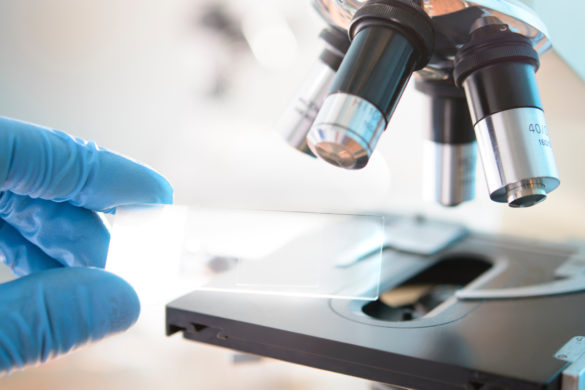Advances in facioscapulohumeral dystrophy (FSHD).
Facioscapulohumeral dystrophy (FSHD) is the third common form of muscular dystrophy, characterized by a wide variability of clinical phenotypes [1]. The diagnosis is challenging, especially in the early phase, and the natural course of the disease is largely variable also within the same family, where some members can be wheelchair bound children, while others stay asymptomatic until late adulthood. The disease is inherited as autosomal dominant and is associated with epigenetic depression of the polymorphic D4Z4 repeat on chromosome 4q. In the most common (95%) form of FSHD (type 1), the disease is associated with a reduction of D4Z4 repeat units to a size of 1–10 (normal range: 11-150). In almost 5% of cases, FSHD (type 2) presents with normal size of D4Z4 repeat units but defects in D4Z4 chromatin modifiers. In both FSHD 1 and 2 excessive expression of DUX4, a transcriptional regulator toxic for skeletal muscles.
Read More









